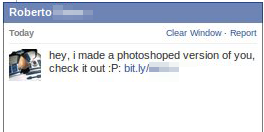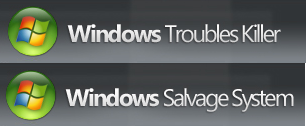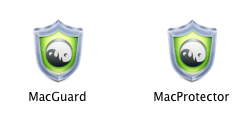By Marco Giuliani
 Last Wednesday, Microsoft published a blog post detailing a significant update to a piece of malware named Popureb. The malware adds code to the Master Boot Record, or MBR, a region of the hard disk that’s read by the PC during bootup, long before the operating system has had a chance to get started. Researchers sometimes refer to these kinds of malware as bootkits, or a rootkit which loads at such a low level during the boot process that it is invisible to the operating system, and therefore very difficult to remove.
Last Wednesday, Microsoft published a blog post detailing a significant update to a piece of malware named Popureb. The malware adds code to the Master Boot Record, or MBR, a region of the hard disk that’s read by the PC during bootup, long before the operating system has had a chance to get started. Researchers sometimes refer to these kinds of malware as bootkits, or a rootkit which loads at such a low level during the boot process that it is invisible to the operating system, and therefore very difficult to remove.
Microsoft researcher Chun Feng detailed some of the new features of Popureb.E, which includes a very low-level hook into the Windows driver responsible for disk writes and reads. When the driver on an infected system detects an attempt to write changes into the MBR — the kinds of changes a repair tool might try to make — it simply changes the command from write to read, effectively neutering any kind of tool running within Windows that might try to fix the infection.
(Update 2011-07-08: We’ve published a free command line tool that can remove Popureb.E from the master boot record of an infected computer.)
Microsoft’s initial cleanup guidance on Popureb.E was pretty drastic, and more than a little scary: Full removal of the bootkit requires a full reinstall of Windows, wiping out anything currently on the hard drive. We don’t think this is the case, and the Microsoft folks seem to have moderated their advice to include some manual fixes using the recovery console.
While the whole concept behind the Trojan is valid and technically powerful, the practical implementation of the malware is not as valid as the idea behind it. What follows is a fairly technical write-up that describes both the problem, and one solution we’ve come up with.










































































